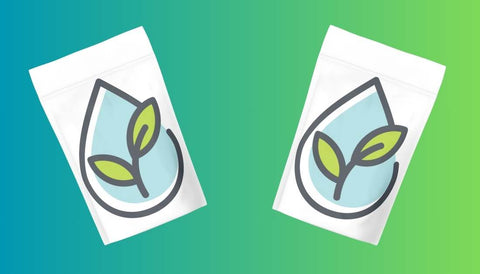Mylar bags have gained popularity as an effective means for food storage due to their durability and the reliable barrier they provide against moisture, light, and pests. These traits make them an essential resource for preserving the shelf-life of a wide range of food products, from dried goods like beans and pasta to perishable items when used with proper sealing and oxygen absorbers.
If you're wondering whether you can extend the utility of Mylar bags beyond a single use, the answer is yes. You can wash and reuse Mylar bags, a practice that not only contributes to environmental sustainability but also makes economic sense. Washing Mylar bags is simple; just use warm soapy water, gently scrub if needed, then thoroughly rinse and allow to dry completely before refilling. This reuse practice ensures that you're maximizing resources while maintaining the quality and longevity of your stored food items.
When reusing Mylar bags, it's important to be mindful of the condition of the bag. Check for any signs of wear or damage that could compromise the bag's protective qualities. After confirming the bag's integrity, feel free to use it for food storage again, thereby reducing waste and making the most of your storage solutions.
Mylar Bags 101
Mylar bags are a pinnacle choice for storage, particularly for food preservation, thanks to their robust material and capacity to extend shelf life by protecting against light, moisture, and oxygen.
Characteristics of Mylar Bags
Mylar bags are made from a polyester film laminated to aluminum, which creates a strong barrier against environmental factors that could lead to spoilage. They offer several distinct features:
- Lightweight: The material itself is thin and flexible, making storage and transport easy without adding significant weight.
- Durability: Despite their lightness, Mylar bags are effectively puncture-resistant and demonstrate high tensile strength.
- Protection: They provide excellent protection against light, moisture, and oxygen – all of which are vital factors that can affect the shelf life and quality of stored items.
To maximize these characteristics, ensure that Mylar bags are completely dry if you wash and reuse them.
Different Sizes and Thicknesses
You'll find Mylar bags available in a variety of sizes and thicknesses to cater to different storage needs:
- Size: Ranging from small pouches perfect for spices to large bags designed for bulk items, you can select based on what you plan to store.
- Thickness: Commonly measured in mils (1/1000th of an inch), the thicknesses of Mylar bags vary, often between 3.5 to 7.5 mils. Thicker bags offer more protection and longer shelf life.
| Thickness (Mils) | Best for |
|---|---|
| 3.5 | Short-term storage |
| 4.3 | Everyday use |
| 5.0 | Long-term food storage |
| 7.5 | Maximum protection |
Choose the appropriate thickness for your storage needs to ensure the longevity and protection of your items.
Effective Usage and Reusability
When considering the reuse of Mylar bags, it's crucial to ensure proper sealing methods are followed to maintain the quality of the items stored. Your sealing technique directly impacts the bags' effectiveness for long-term storage.
How to Properly Seal Mylar Bags
To maximize the lifespan and reusability of your Mylar bags, selecting the right sealing method is essential. Follow these steps for a secure seal:
- Choose a Sealer: A heat sealer, impulse sealer, or vacuum sealer ensures an airtight closure. Alternatively, a common household hair straightener can be used for heat sealing edges.
- Prepare the Bag: Before sealing, ensure the Mylar bag is clean and dry. If reusing, cut off the top sealed portion and clean the bag thoroughly inside and out.
- Seal the Bag: Position the open end of the Mylar bag in the sealer. For a vacuum sealer, follow the manufacturer's instructions to remove air before sealing. With a heat or impulse sealer, apply firm pressure until the bag is sealed across.
- Add Oxygen Absorbers: Place oxygen absorbers inside the Mylar bag before sealing to remove residual oxygen, prolonging the freshness and quality of the contents.
Maintaining Quality During Reuse
The ability to reuse Mylar bags rests on maintaining their quality. To effectively reuse your Mylar bags:
- Cleanliness: After each use, wash and dry the inside of the bag thoroughly to prevent contamination. Avoid using harsh chemicals that may degrade the material.
- Inspection: Check for punctures, tears, or compromised seals, which can affect the bag's protective qualities. Discard if damage is found.
- Storage Environment: Store the bags in a cool, dry place away from direct sunlight to minimize environmental impact and preserve the material's integrity for future reuse.
Remember, Mylar bags can be a recyclable option, depending on local recycling facilities’ capabilities to handle this material. To support recycling efforts, consider reusing Mylar bags where possible and consult your local recycling guidelines for proper disposal.
Storage Solutions and Longevity
When considering Mylar bags for storage, your focus should be on durability and the ability to maintain food quality over time. These factors are essential for ensuring the longevity of your stored items.
Long-Term Food Storage Techniques
To maximize durability and food quality, long-term food storage techniques involve limiting exposure to elements that accelerate degradation. Here are some steps you can follow:
- Choose the Right Environment: Store Mylar bags in a cool, dry place away from direct sunlight.
- Use Oxygen Absorbers: Incorporate oxygen absorbers into your Mylar bags to minimize oxidation and extend shelf life.
- Vacuum Sealing: If possible, vacuum seal your Mylar bags to eliminate air, which contains moisture and oxygen, both of which can degrade your food.
Establishing a systematic approach to storing foods like rice, pasta, flour, cereal, sugar, spices, and dried beans can prolong their usability. Properly sealed Mylar bags prevent pests and preserve the nutritional value and taste of these staples.
Optimizing Shelf Life for Various Foods
Different foods will respond to storage methods in varied ways. To optimize shelf life, consider each food item's requirements:
- Grains and Legumes: Store in airtight Mylar bags with oxygen absorbers; these items can last for years.
- Dehydrated Fruits and Veggies: Ensure they are completely dry before storing to prevent mold.
- Meat and Beef: If dehydrated or freeze-dried, seal tightly after adding an oxygen absorber; vacuum sealing is preferred for meats to prevent freezer burn.
- Freeze-Dried vs. Dehydrated: Freeze dryer–preserved foods generally have a longer shelf life compared to dehydrated ones due to the lower moisture content.
Emergency Preparedness Tip: Rotate your stock periodically to ensure freshness. Label your bags with the date of packaging to keep track of your inventory and consume older items first. This practice is essential for maintaining a reliable supply of essentials.


